Miniature cameras have long been a ‘thing’ in photography. The original Leica was designed as a miniature camera, using a comparatively small cinema stock. Subminature formats were also explored, with Minox producing their iconic tiny 8x11mm spy camera, and with lots of companies producing cameras to use 16mm film. Later on, 16mm film formed the basis for the 110 cartridge. Half-frame using 135 film was also popular – particularly in Japan, although I’ve seen it suggested that Kodak’s reticence to produce half-frame slide mounts held the format back. This was tempered slightly by the introduction of APS film, which used a similar sized frame.
Through all this, there was still interest in using the full area of the original 135 format in a small package. Heinz Waaske saw his ideas come to fruition at Franke & Heidecke with the Rollei 35 in the 60s. In the early 1970s Minox, along with Balda, produced the tiny Minox 35 EL.
By the late 70s Japanese companies were getting interested in the small full frame 135 market. Olympus took the lead with the Olympus XA – a camera almost as small as the Rollei and Minox cameras, but which included a coupled rangefinder.
Yoshihisa Maitani’s original Olympus XA was released in 1979. It deployed with the swift sliding of a clamshell door, which allowed access to a focus lever for the f/2.8 lens, coupled to a short-base rangefinder. The XA also offered aperture priority automatic exposure.
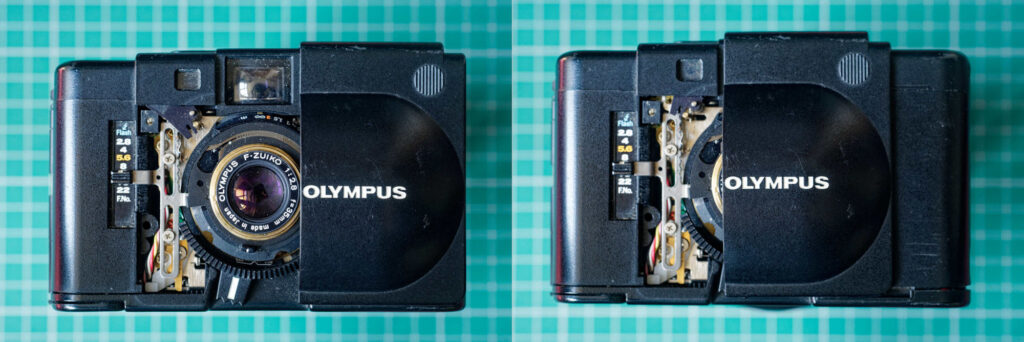
This was great, but a rangefinder on a tiny 35mm lens with a maximum aperture of f/2.8 was a bit of overkill and, while most photographers welcome any control over exposure, differential focus on lenses of this type is not something that is strictly necessary. What they did add was complication in construction (a rangefinder needs to be calibrated, and aperture priority requires a separate shutter and diaphragm). Complexity adds cost and affects reliability.
Zone focus
Zone focus is a reasonable compromise between the guesstimation of pure scale focusing (as seen on the Rollei 35 and Minox 35 EL), and the complications of a coupled rangefinder. It generally provides small pictograms to help the photographer gauge the focus setting. In some cameras (such as the Olympus Trip 35) the zone focus symbols were augmented by a distance scale (on the Trip these are opposite the zone focus pictograms on the lens barrel).
In the early 80s, Olympus and Cosina both produced miniature full-frame 135 compact cameras with quality zone-focus fixed focal length lenses. Neither company went for the bragging rights of being the smallest full-frame 135 camera. Instead, they went for a combination of pockatability, practicality and reliability. These cameras have stood the test of time (45 years at time of writing) and are featured in this comparative review as examples of the excellent compromise they offer.
The companies
Olympus were founded in 1919 as a company specialising in microscopes and thermometers, and produced their first cameras in the 1930s. The legendary Yoshihisa Maitani joined the company in the mid 1950s and designed both the Pen series of half-frame cameras and the modular and miniaturised OM SLR cameras as well as the XA series.
Cosina started up as a company called Niko in the late 1950s, specialising in lens grinding. They expanded into glass manufacture, lens assembly and camera manufacture. By the early 1970s they had adopted the name Cosina (a reference to Koshi in Nakano, which was where the founder of the company came from). Cosina did lots of work as a sub-contractor. They developed a good reputation for reliably following a customer’s design, but they also showed themselves capable of innovation in their own right. They carved out a niche, standing in the shadows while their products took plaudits bearing other companies’ logos.
Olympus XA2
The XA2 was produced as a simplified version of the XA. The lens was the same focal length, but reduced in aperture to f/3.5, exposure was purely programmed automatic, with the fastest exposure actually faster than the shutter of the XA. Focusing was using the same sort of zone symbols that Olympus had used for years in the Trip 35.
A look at the XA2
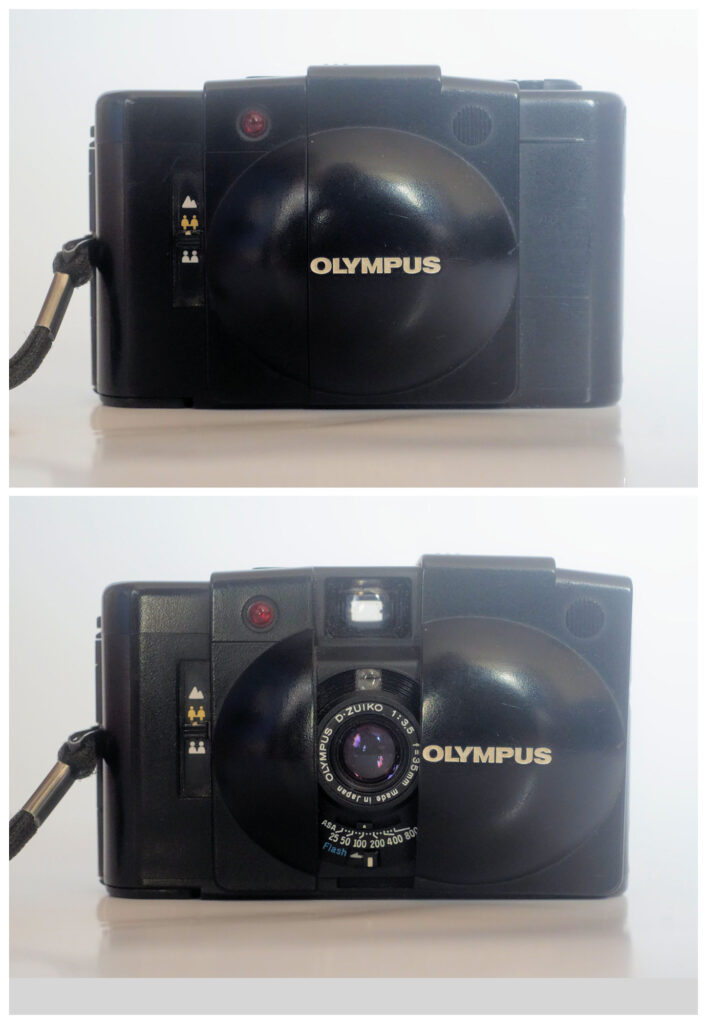
The Olympus XA2 is 2mm higher, 7mm deeper and 4mm wider than a closed Minox 35 EL. In a nice touch, closing the clamshell door sets the focus back to the middle focus setting, which should be close to a hyperfocal with this lens in reasonable light. This is quite handy, as the viewfinder doesn’t give any indication of what focus is set to.




In a nice touch, when set, the self-timer lever makes a little ‘foot’ sticking out the front of the camera. This widens the centre of gravity when the camera is positioned on a wall or table. In the XA3 and XA4 this control also included a backlight compensation position (dealing with one of my few gripes).
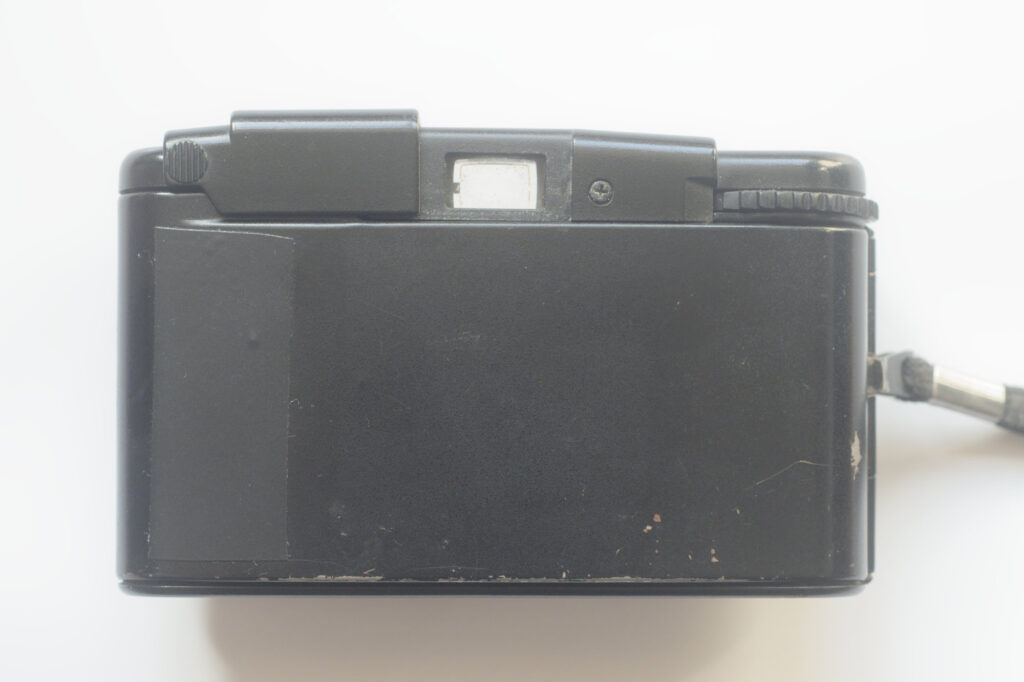

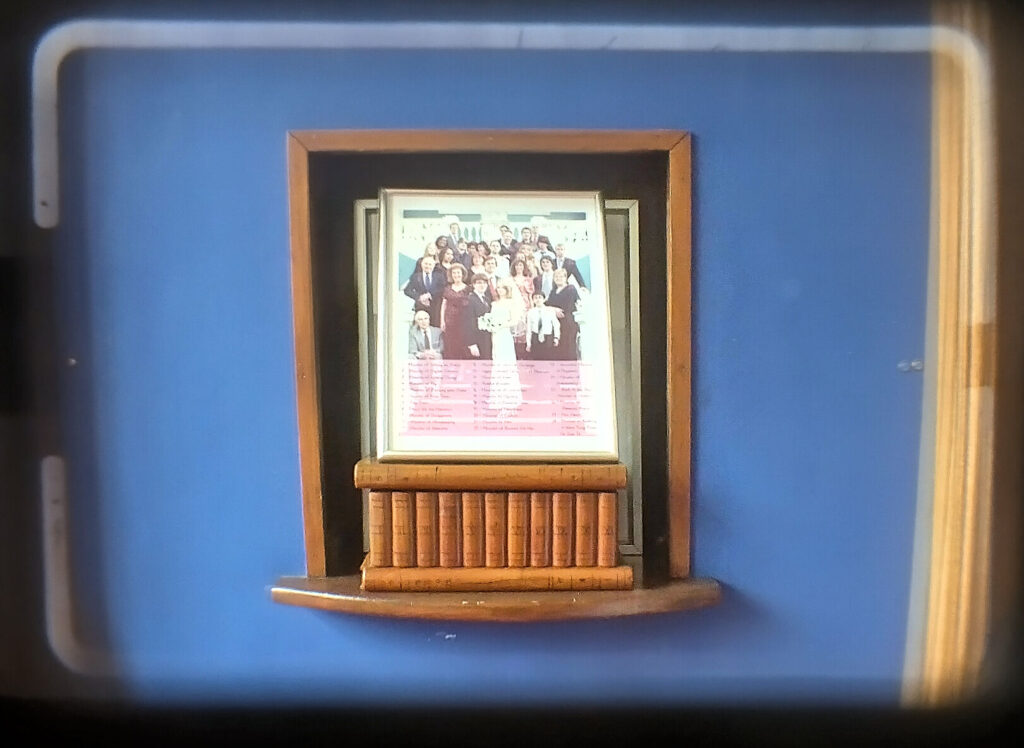

Cosina CX-2
The Cosina CX-2 was introduced as the higher specification model of two cameras announced at the same time. The CX-2 had a 35mm f/2.8 lens, while the CX-1 lacked a self-timer and had a slightly slower and slightly wider lens. The CX-2 could also take an autowinder (available as an accessory). Autowinders seemed cool back then, even the Pentax Auto 110 had one, but for a camera where pockatability was the main selling point, the autowinder seems unneccesary.
Rather than go for a clam shell design Cosina went for something a little more left field (and slightly less intuitive) and used a swivelling cover over the lens and viewfinder. It was a neat little package and with the CX-2, Cosina had a product that sat rather nicely between Olympus’ XA and XA2 offerings. The CX-2 didn’t offer aperture priority or a rangefinder, but it did give a slightly faster lens than the XA2 and an indication of focus settings in the viewfinder. This gave Cosina something unique that would appeal to a sector of the market and for a number of years they had a very successful product on their hands.
A look at the CX-2
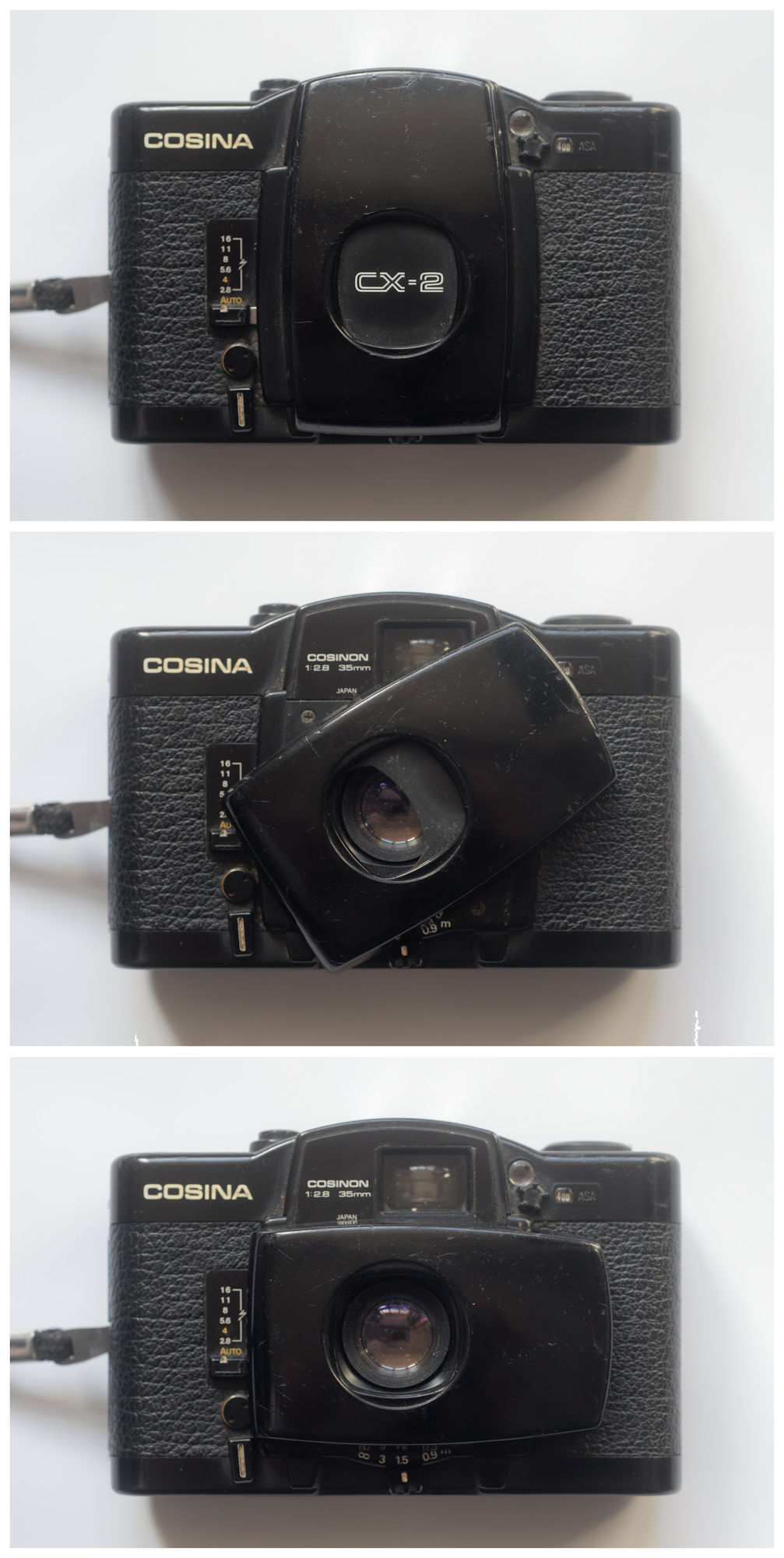
The Cosina is 4mm higher, 9mm deeper and 5mm wider than a closed Minox 35 EL (so a little bigger all-around than the Olympus XA2). The swiveling cover gives good access to the little focusing lever positioned under the lens. Here you can see the four distance settings – infinity, 3m, 1.5m and 0.9m. The rotating cover on this particular CX-2 still operates very well after 45 years of use.

There is a set of manual apertures for use with a flashgun – selecting any of these sets the shutter to 1/45. My example is stuck on Auto, but auto works very well and I’m more of a natural light guy. The self-timer is mechanical but inverted in contrast to the usual positioning. Also giving a sense of nostalgia is the leatherette covering front and back.
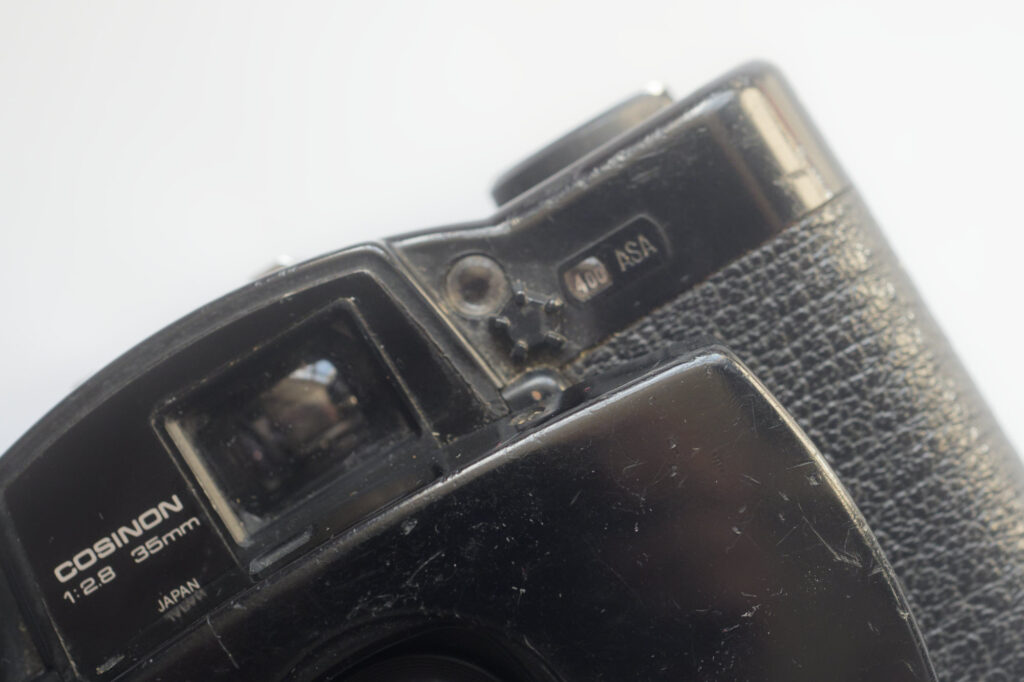
The difficulty of altering the ASA value for the meter, along with the limited range (25-400) discourages using it for exposure compensation, but in truth, the camera seems to give decent exposure in quite difficult situations without intervention. The positioning of the CdS window probably means that portrait shots are best taken with this end of the camera uppermost.

A window in the top of the rotated cover shows an icon, equivalent to one of the four ‘zones’ – a single head and shoulders for 0.9m, Two figures for 1.5m, a group of three for 3m and a mountain for infinity.
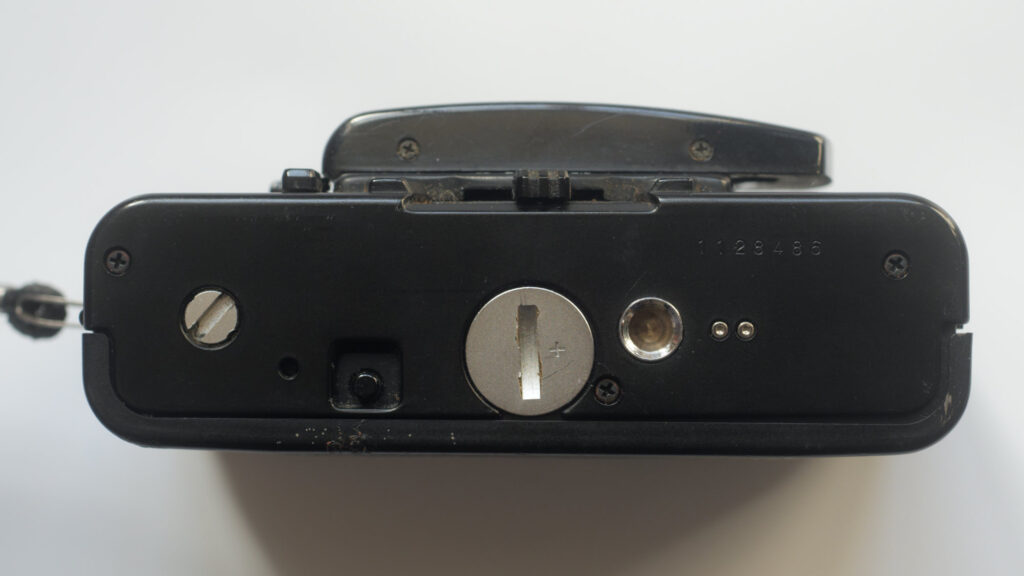
The back of the camera overlaps quite nicely, giving fewer issues with light leaks through ancient foam seals. The focus selector can be set with the cover open or closed. The camera takes readily available SR44 batteries.
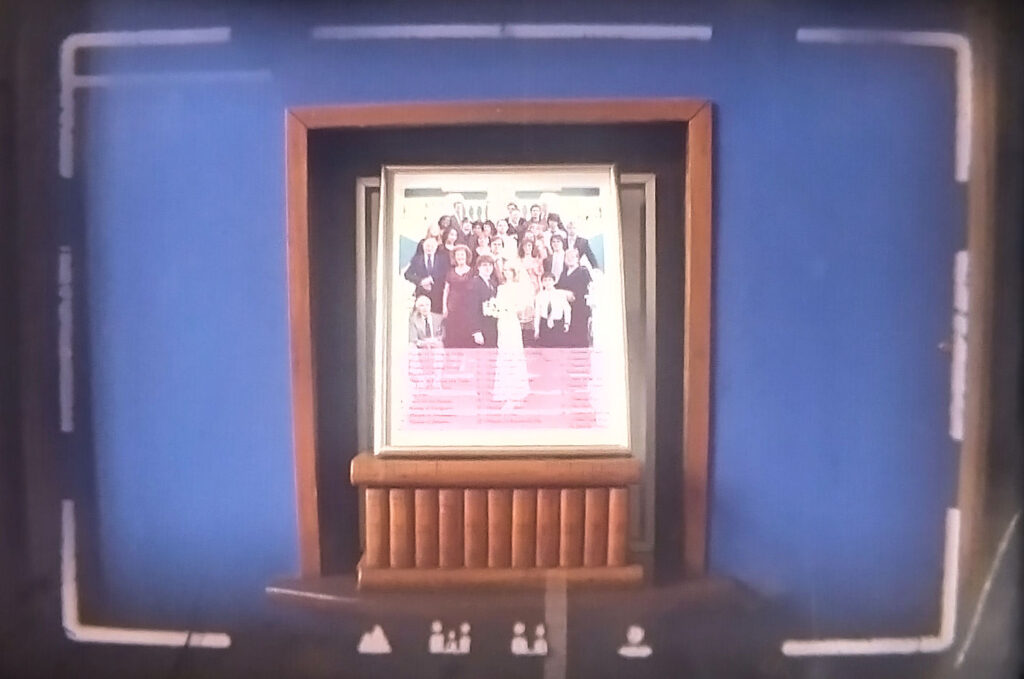

Pictures
Olympus XA2

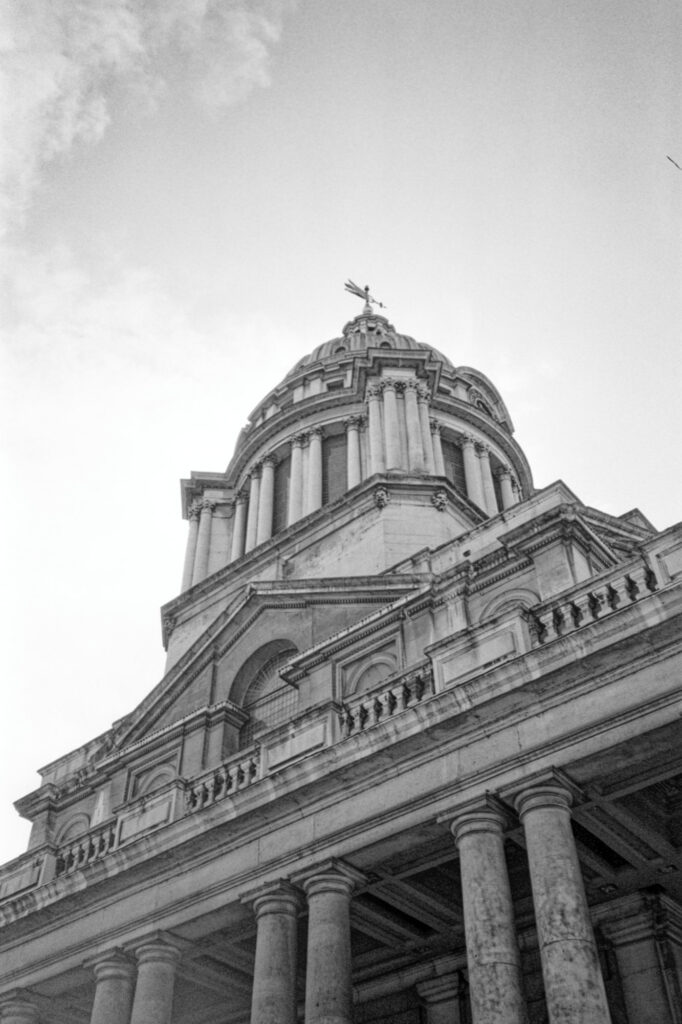


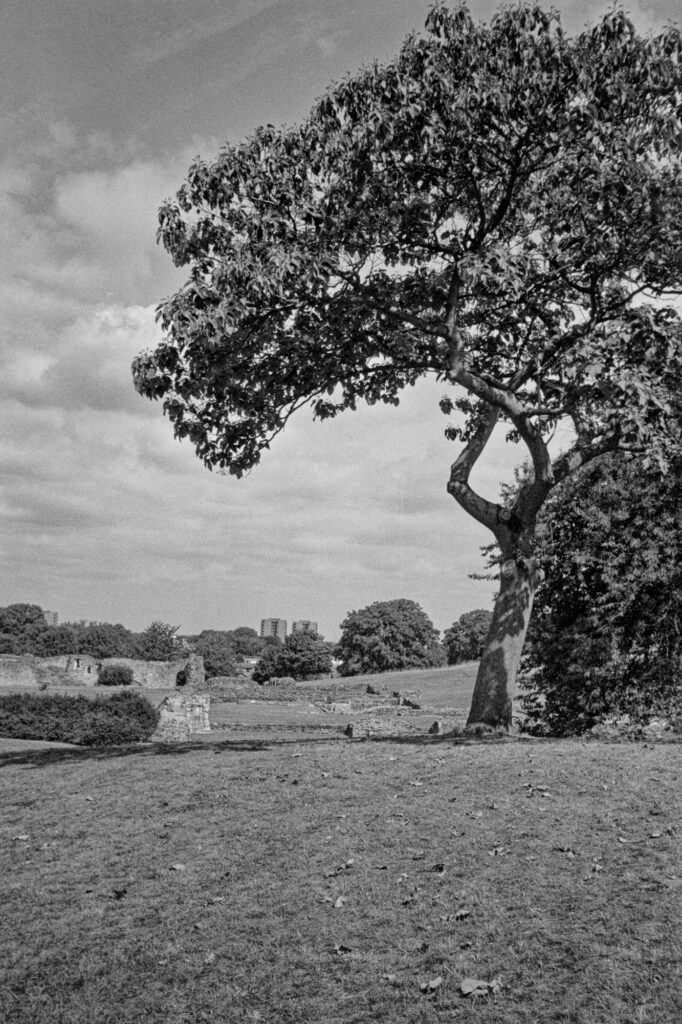

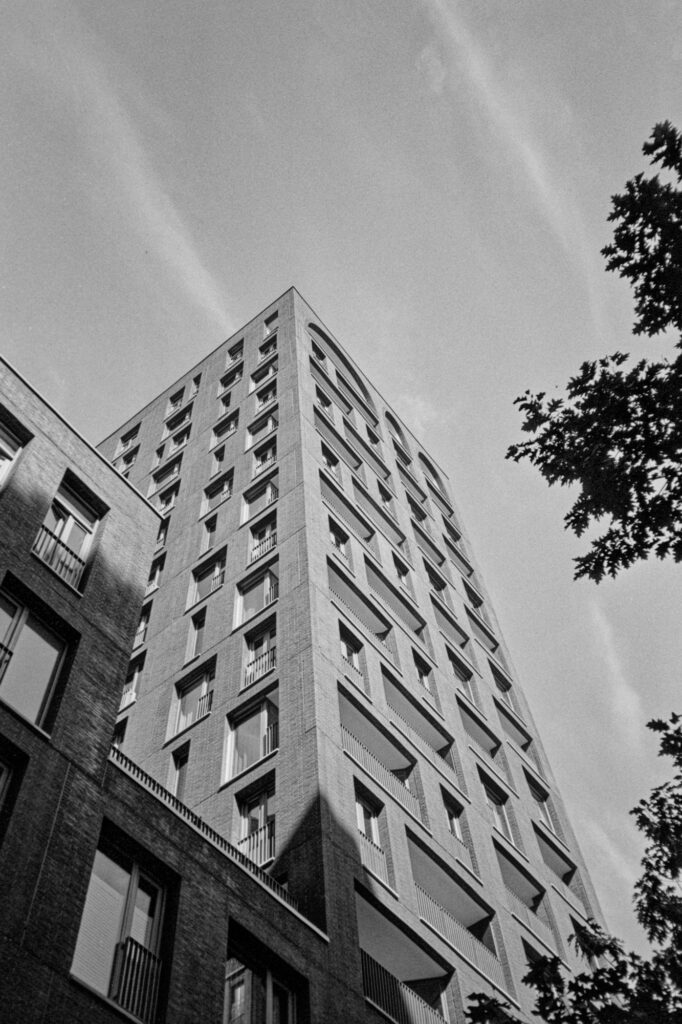
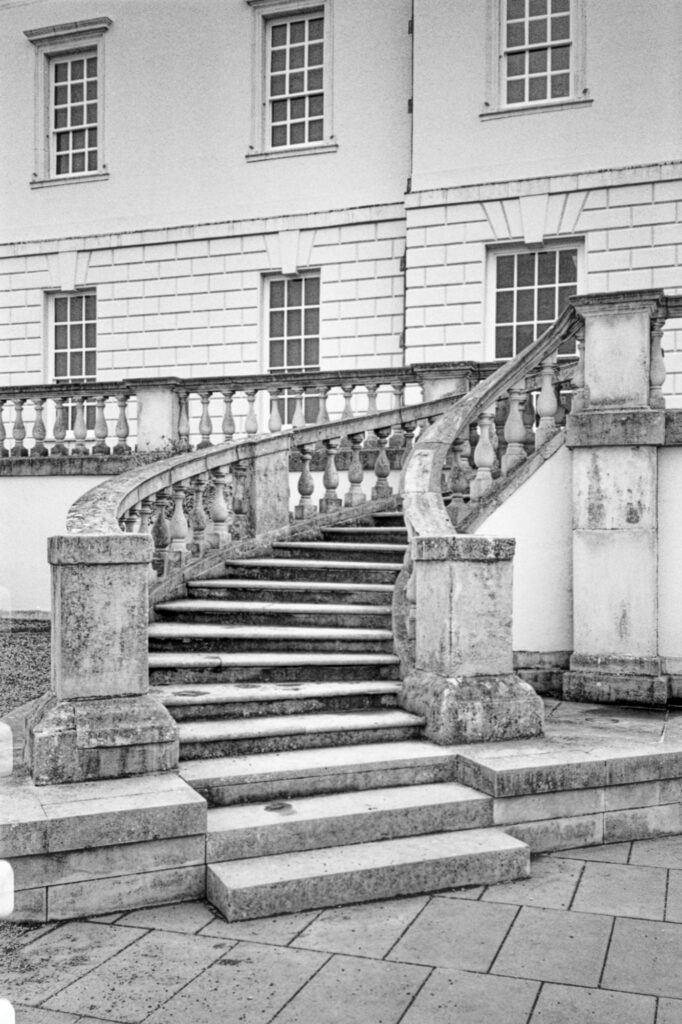
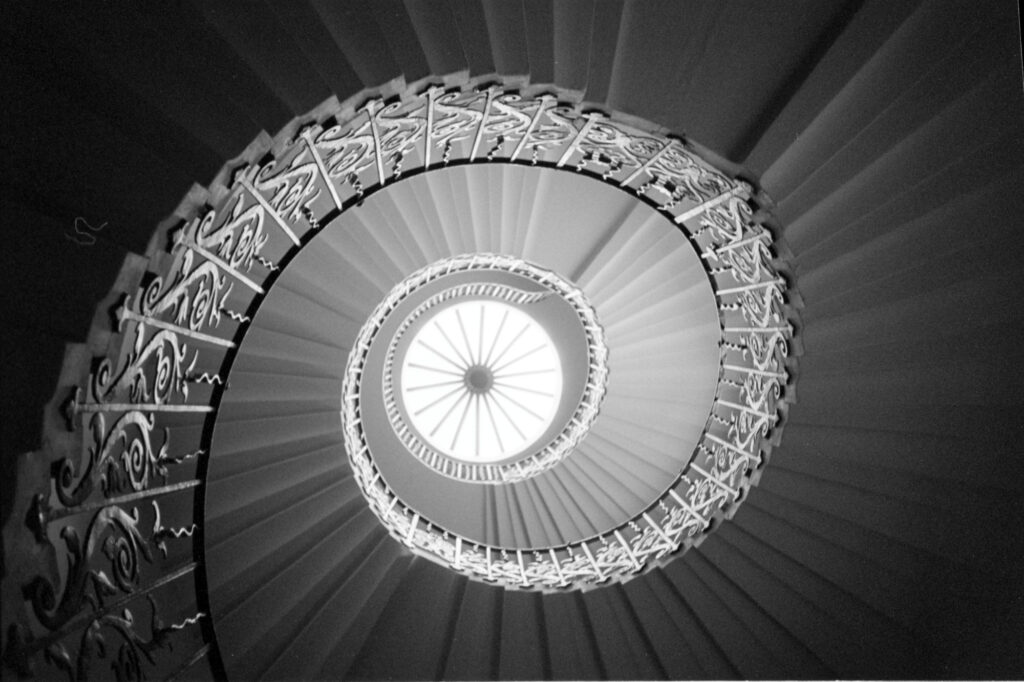

Cosina CX-2
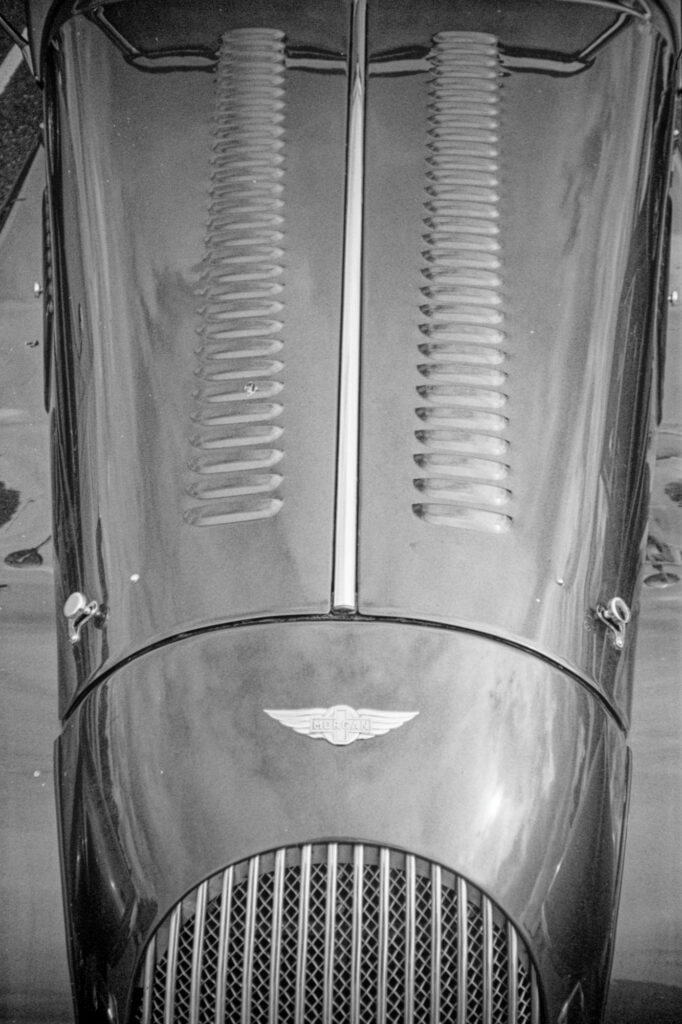


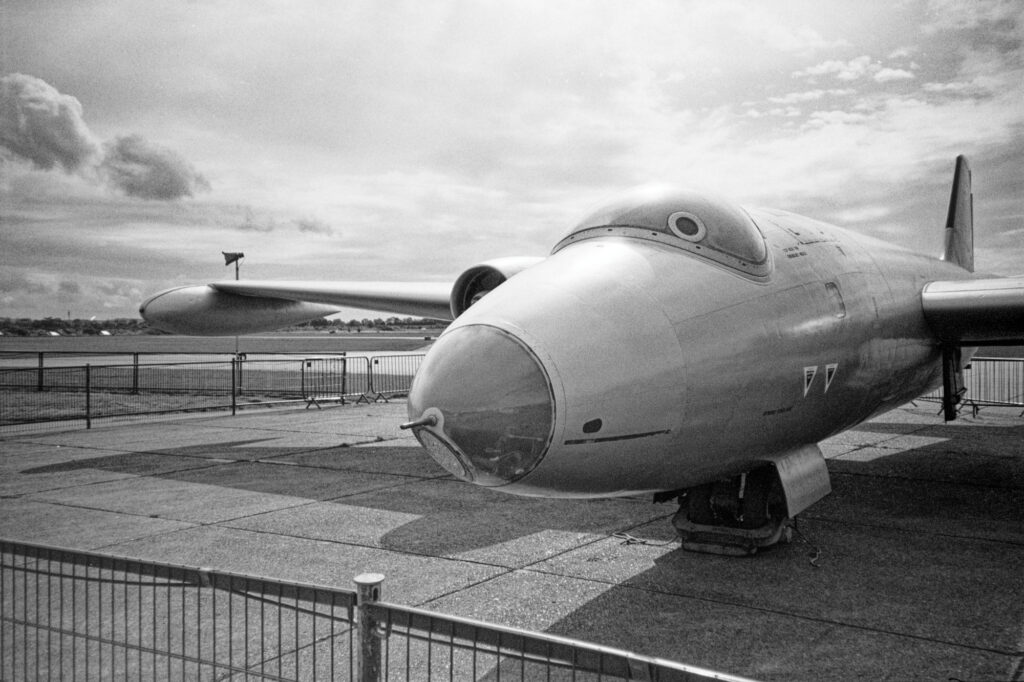
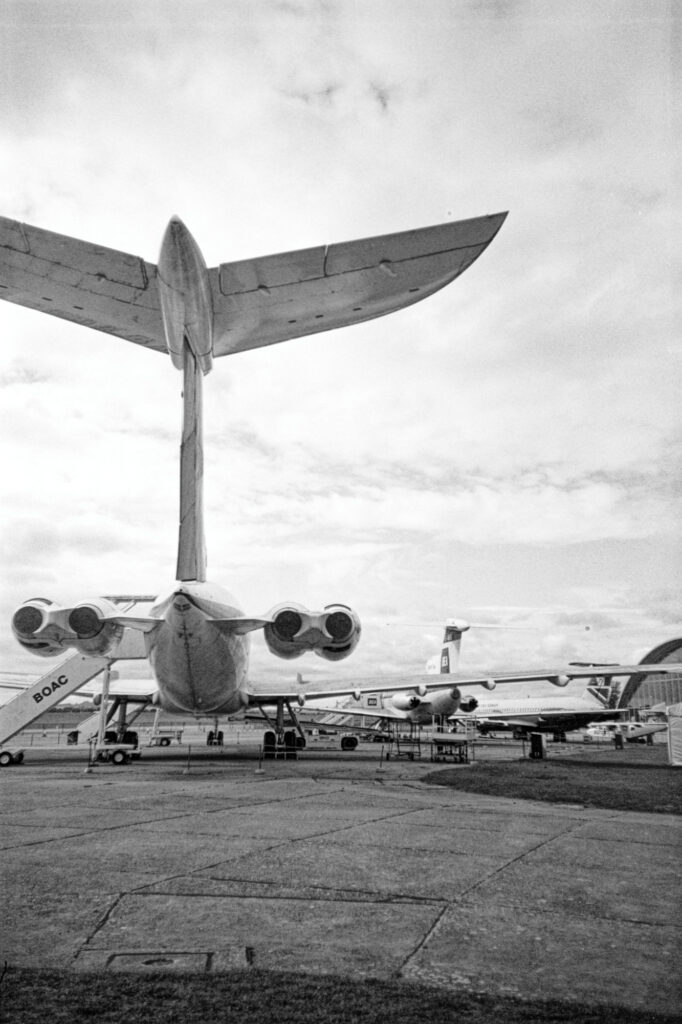
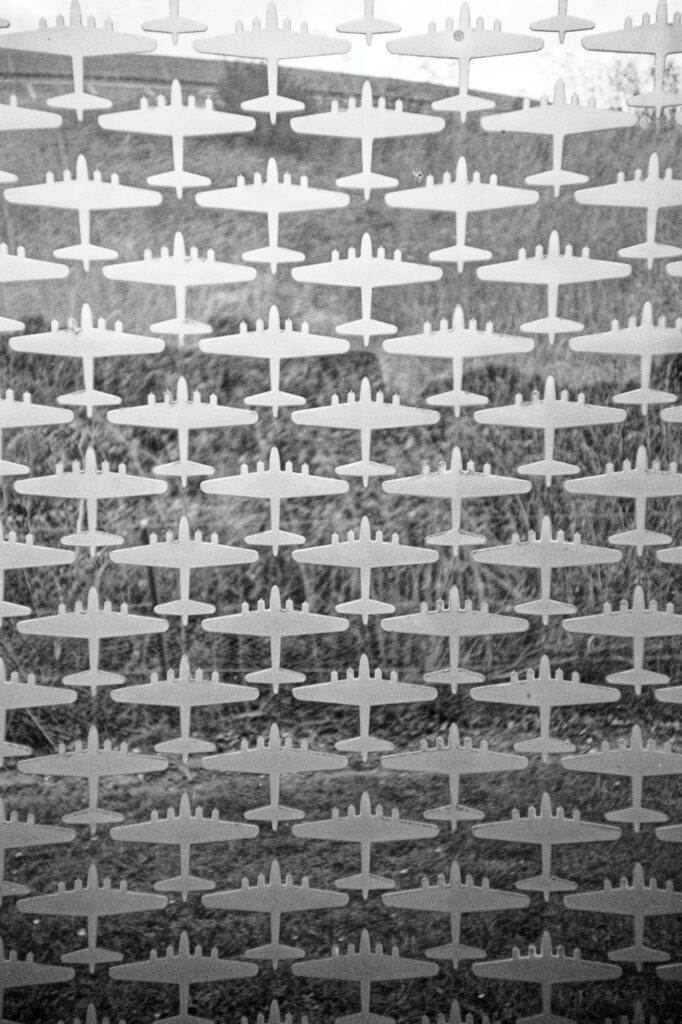
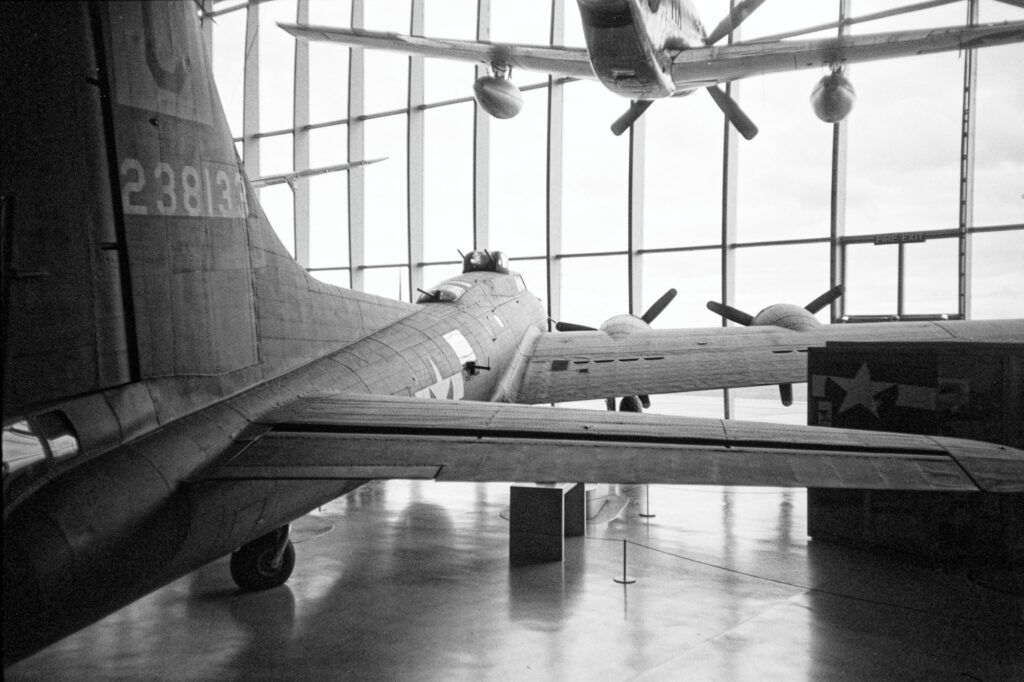



Summing up
The XA2 and the CX-2 are rather good little cameras, although they both lack any form of exposure compensation. You can, of course, alter the ISO settings on the camera to achieve this, although the range is limited on both cameras and awkward to set (to the extent I wouldn’t advise it in the case of the CX-2).
One of the problems with such tiny 35mm cameras of this type is that the moving bits are almost an invitation for mechanical failure. Just think of the problems of getting the camera wind-on of a Minox 35 to cock the shutter unit whether it is forward in the taking position or folded up behind the little drawbridge.
Even the sliding clamshell of the Olympus XAs hits a little switch that enables the shutter release – My XA2 (shown above) is a lovely example,but occasionally the shutter won’t fire and the clamshell needs to be closed and opened again before it will work. In such an environment, the rotating lens cover of the CX-2 seems quite robust. It is early days, but I haven’t sworn at it once.
For me, the camera that any zone focus camera needs to size up to is the Olympus Trip. The XA2 fares quite well, despite the slower lens and lack of focus symbols in the viewfinder. The CX-2 stands up remarkably well, lacking only some form of exposure lock. The advantage both have over the Trip is that the camera won’t stop you from taking a shot (a personal peeve, but having said that, the Trip is one of the better implementations of a slow shutter lock-out).
An Elephant in the room / A CX-2 by any other name…
Cosina were always up for rebadging cameras that they made and they also seemed to do this with the CX-2, producing a version for both Petri and Porst.
It is said that a senior Soviet minister wanted a domestic camera to compete in this sector and tasked both the Arsenal factory in Kiev and the Lomo factory in Leningrad to produce cameras. The Kiev 35a was a Minox-alike, but the LOMO camera was called the LC-A and followed the Cosina CX-2 line, only using a solid front and a simpler lens and cover.
That’s the story, but pictures of the the original prototype LC-A look noticeably different from the Cosina camera, while the camera that went on sale was very much closer in look to the Cosina. Needlessly so – unless Cosina had co-operated in some way. Cosina were closing down the CX-2 production lines at around the same time the LC-A was being developed and it is notable that Praktica also released a badged CX-2 (I don’t know if that was made in East Germany or in Cosina’s factory in Japan). I suspect someone cut a deal. Cosina seemed to have a very pragmatic attitude to business.
The LC-A is a very practical camera. The lens isn’t said to be of the same standard as the one in the CX-2, but, from my memory, it does alright. The lens and viewfinder cover are simplified. This seems an excellent idea if you are not quite sure of the quality of your assembly line. It is worth noting that the ISO setting dial is much improved compared to the CX-2. All in all, the LC-A is an excellent bit of simplification. I don’t think that Cosina could have done better themselves, although I have strong suspicions that Cosina were at least involved.
The Lomo LC-A has ended up being a bit of a legend. When it was first sold in the UK, I bought one for £18 – it was said the Soviets sold them at cost to get foreign currency. It was very good value, but quality control was iffy – I was lucky to get a good one, but I know other people who were less impressed. I lost mine some years later when it was stolen out of the glove-box of my car. When I first picked up the CX-2 I was instantly reminded of the LC-A.
What happened next?
Olympus brought out the XA1 (a further simplified version with a fixed-focus f/4 lens and a selenium cell meter), the XA3 (as XA2 but with a backlight switch and DX coding), and the XA4, which featured a slightly slower (f/4) lens with an interesting 28mm focal length. The clamshell designs lived on in the Mju series and even into the early Olympus digital cameras.

In 2011 a big financial scandal at Olympus was exposed. Ten years later, they spun off their camera division, which now functions as OM Digital Solutions. More recently, the Microscope business was spun off as Evident Corporation. At time of writing, Olympus continue to manufacture endoscopes and are involved with other associated surgical technologies. All in all, a sad decline for a wonderful optical company, and it is a shame that ‘Olympus’ no longer graces camera bodies.
Follow-up CX cameras under the Cosina brand didn’t build on the same small camera ethos. There was a CX-5 which featured a swiveling lens cover, but it was bigger and had a built-in flash. It was a less notable camera. Cosina, as a company, did alright for themselves though. At one time they probably were the last manufacturer still making analogue cameras in Japan. In their time, they produced rebadged models for Nikon, Canon, Pentax and many others. They launched the modern Voigtlander Bessa range of interchangeable lens rangefinder cameras, produced the most modern ‘ZM’ version of the Zeiss Ikon, and collaborated with Epson to make the first digital rangefinder camera. They have produced a whole range of highly respected manual focus lenses, much sought after by both analogue and digital photographers.
The Lomo LC-A originally ceased production in 1996. Interest was re-awakened when a group of Austrian photographers visiting Prague started to use cheap LC-A cameras they picked up there. That grew into the Lomography movement which has had a significant part in keeping analogue photography interesting and viable through the rise of digital. Production of the LC-A was restarted, but the prices were no longer bargain basement. New models, including wide angle cameras and 120 roll film versions were produced. Since 2006 production has been based in China.
Share this post:
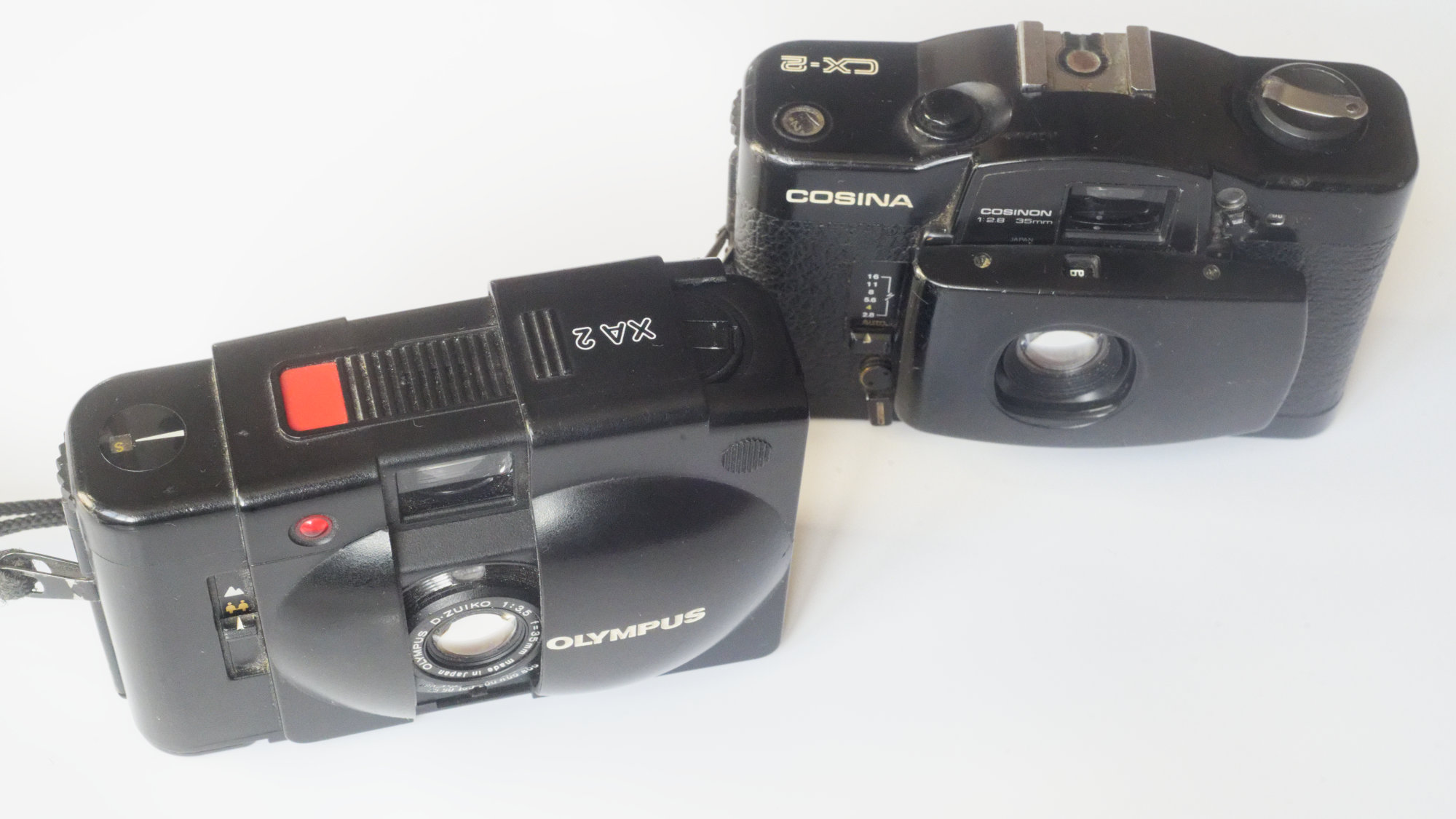



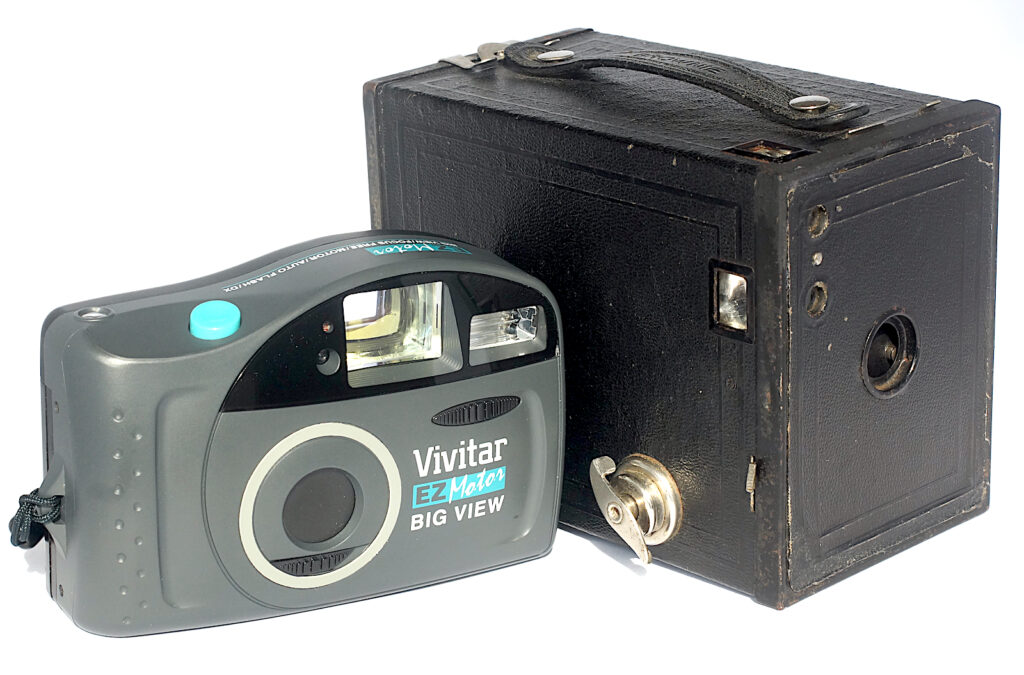
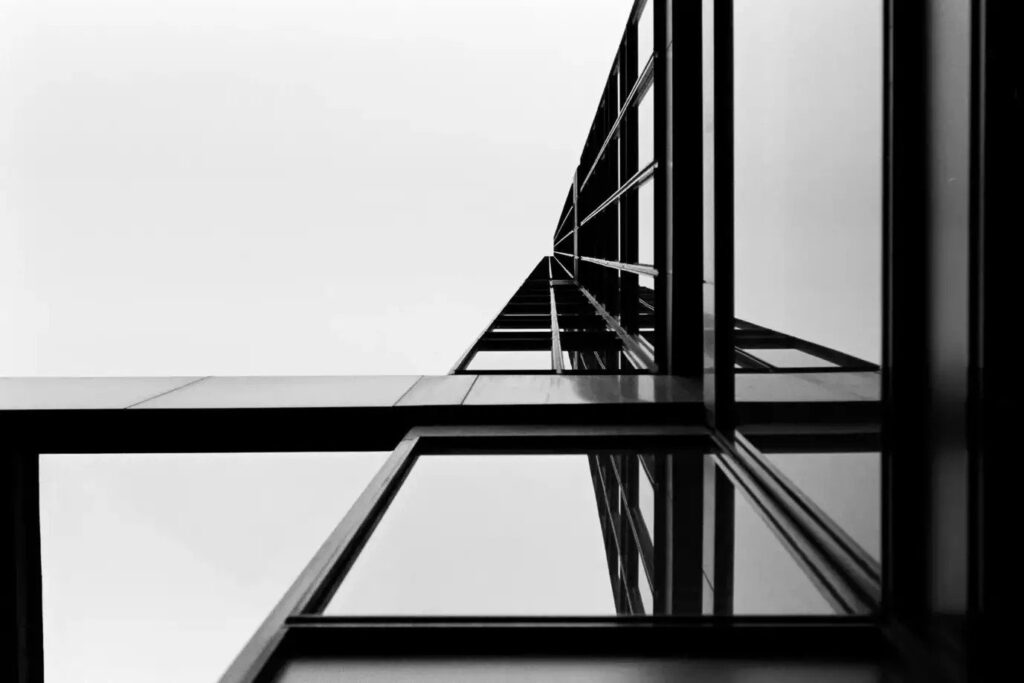


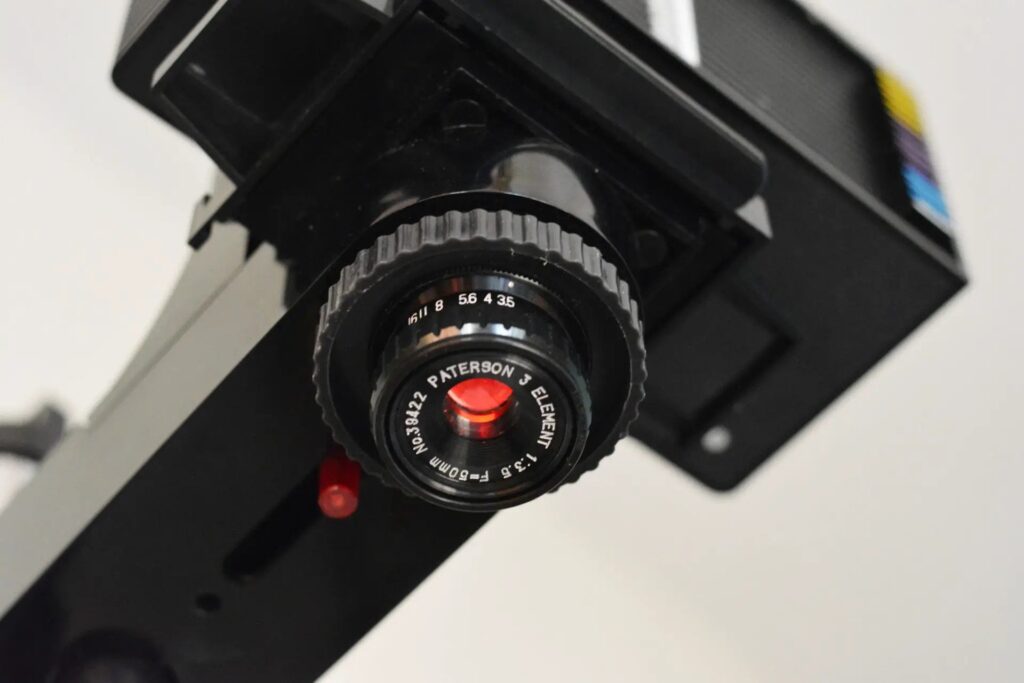
Comments
Charles Young on Olympus XA2 and Cosina CX-2 – In the Zone
Comment posted: 03/11/2025
Comment posted: 03/11/2025
Ed Gillam on Olympus XA2 and Cosina CX-2 – In the Zone
Comment posted: 03/11/2025
Comment posted: 03/11/2025
Christian on Olympus XA2 and Cosina CX-2 – In the Zone
Comment posted: 03/11/2025
Other than that, I wanted the rangefinder for sure, but it is really difficult to see/focus...
Still I love its tiny form factor and the very capable lens (when focused correctly).
Also the lens design is quite interesting, somehow it's kind of a twisted macro lens...I read somewhere. Maitani the legend...
This and the Rollei 35T/SE are my favorite miniature full-frame cameras...
thanks for showing up the Cosina, is it less plasticy than the XA?
Comment posted: 03/11/2025
Jim Palmer on Olympus XA2 and Cosina CX-2 – In the Zone
Comment posted: 03/11/2025
Comment posted: 03/11/2025
Gary Smith on Olympus XA2 and Cosina CX-2 – In the Zone
Comment posted: 03/11/2025
Despite not knowing what is going to happen with OM Systems long-term, I'm very happy with my OM-1 and 300/4 M.Zuiko Pro lens for birds. I will admit to having gone the older DSLR route lately and must say that the OVF on Nikon's D810 is lovely.
Thanks Bob!
Comment posted: 03/11/2025
Geoff Chaplin on Olympus XA2 and Cosina CX-2 – In the Zone
Comment posted: 04/11/2025
Comment posted: 04/11/2025
Russ Rosener on Olympus XA2 and Cosina CX-2 – In the Zone
Comment posted: 04/11/2025
I owned an XA for years and took some fantastic shots with it. That lens is stellar and I believe it was carried over to the iconic Olympus Epic/Mju 35mm autofocus camera of the 1990s.
I am a real sucker for tiny cameras which are easy to carry and don't scream "Hey baby, I'm a PHOTOGRAPHER!". I recently bought a used Fujifilm X10 digital compact camera. They are long out of production. However if you get your hands on one you'll definitely see the DNA from the two cameras covered here.
One last point you mentioned in passing about the "Half Frame" 35mm film cameras and Kodak's reluctance to produce slide mounts. It wasn't just the slides Kodak balked at! When I went to work for Fox Photo, a large national USA photo finisher back in the late 1980s half frame '35 was making a comeback. The Yashica Samurai started that. I was told by our lab major to absolutely refuse to print any half frame 35mm! I was to return it to the customer sleeved and developed and simply state "We don't print from these low quality cameras". The reason for this was our exclusive relationship with Eastman Kodak for film, lab equipment and chemistry. My manager told me Kodak management did NOT want to see their film sales reduced by 50%! In those days "Big Yellow" controlled the market.
So I bought a used Olympus Pen FT and printed my own negatives after hours! Still have that little jewel and it works.
Comment posted: 04/11/2025
Comment posted: 04/11/2025
Steve Phillips on Olympus XA2 and Cosina CX-2 – In the Zone
Comment posted: 04/11/2025
Huss on Olympus XA2 and Cosina CX-2 – In the Zone
Comment posted: 04/11/2025
Replaced them all with the Ricoh FF1/FF1s which is just as small (looks like a Minox 35), has a better lens, and a really nice single stroke film advance lever. It also takes modern batteries. Highly recommended.